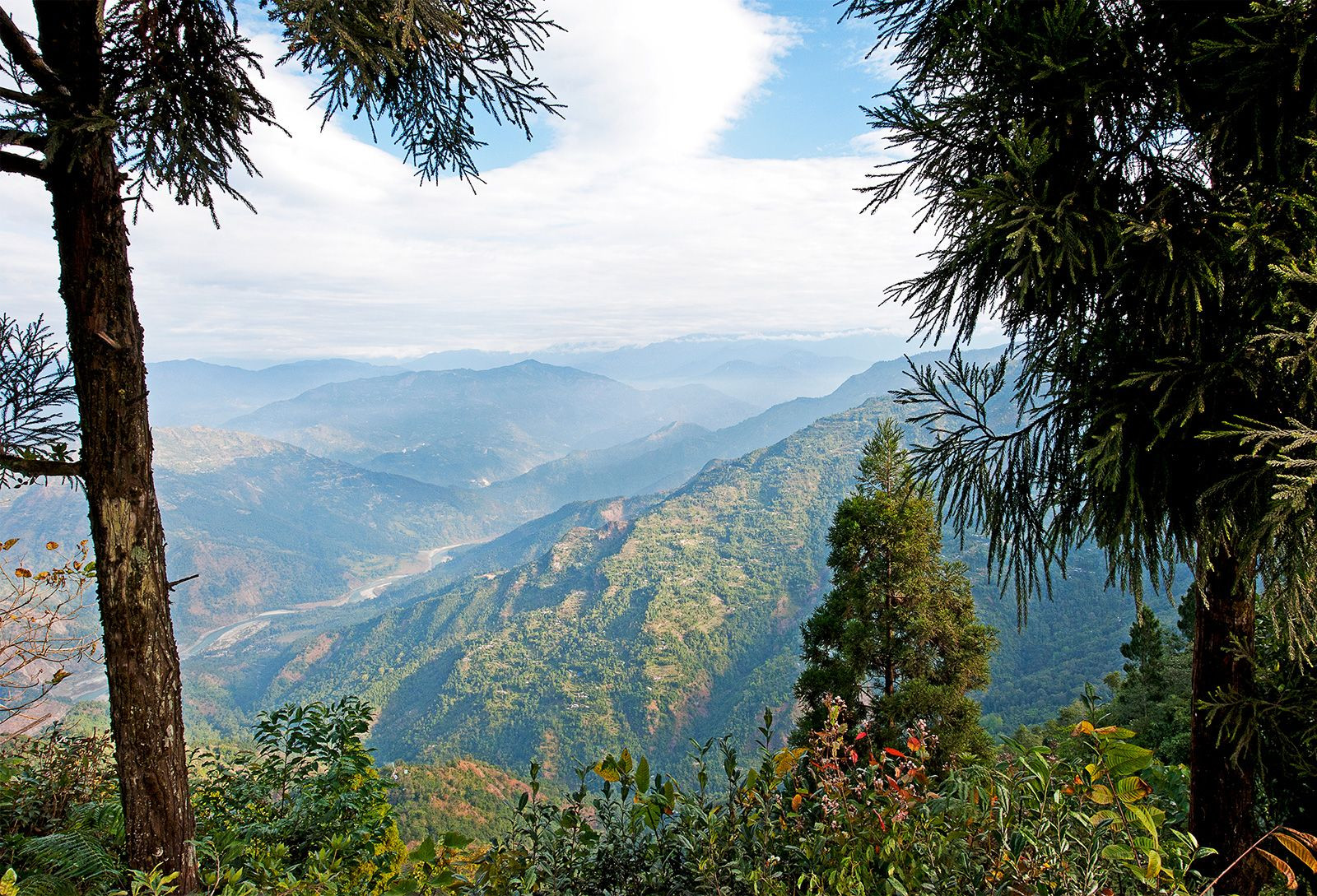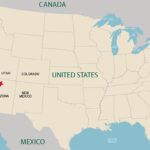The Himalayas, a colossal mountain system of Asia, stand as a formidable barrier, separating the Tibetan Plateau to the north and the vast Indo-Gangetic Plain of the Indian subcontinent to the south. Renowned globally as the loftiest mountain range, the Himalayas boast over 110 peaks surpassing elevations of 24,000 feet (7,300 meters) above sea level. Among these majestic summits is Mount Everest, known in Tibetan as Chomolungma, in Chinese as Qomolangma Feng, and in Nepali as Sagarmatha. It reigns as the Earth’s highest point, reaching an elevation of 29,032 feet (8,849 meters). These towering peaks ascend into zones of perpetual snow, marking the dramatic heights of the Himalayas.
 North Face of Mount Everest in Tibet, China, showcasing the Himalayas' towering height
North Face of Mount Everest in Tibet, China, showcasing the Himalayas' towering height
Throughout millennia, the Himalayas have held deep cultural and spiritual significance for the people of South Asia, deeply embedded in their literature, mythologies, and religious beliefs. Since ancient times, these immense, glacier-clad heights have drawn pilgrims and mountaineers from India, who gave the mountain system its Sanskrit name, Himalaya, meaning “abode of snow” from hima (“snow”) and alaya (“abode”). In modern times, the Himalayas continue to be a major attraction and the ultimate challenge for mountaineers across the globe.
 Nanga Parbat mountain peak in the Himalayas, western extent of the range
Nanga Parbat mountain peak in the Himalayas, western extent of the range
These mountain ranges delineate the northern frontier of the Indian subcontinent, forming an almost impenetrable divide from the lands to the north. They are part of an extensive mountain belt that stretches across half the globe, from North Africa to the Pacific coast of Southeast Asia. The Himalayas themselves extend for approximately 1,550 miles (2,500 km) from west to east. This vast range spans from Nanga Parbat (26,660 feet [8,126 meters]) in the Pakistani-administered part of Kashmir, to Namjagbarwa (Namcha Barwa) Peak (25,445 feet [7,756 meters]) in the Tibet Autonomous Region of China. Nestled within this expansive stretch are the Himalayan countries of Nepal and Bhutan. The Himalayas are bordered by the Hindu Kush and Karakoram ranges to the northwest, and the high Tibetan Plateau to the north. The width of the Himalayas varies from 125 to 250 miles (200 to 400 km) from south to north, covering a total area of about 230,000 square miles (595,000 square km).
 Forested foothills of the Himalayas in West Bengal, India, illustrating the varied terrain
Forested foothills of the Himalayas in West Bengal, India, illustrating the varied terrain
While India, Nepal, and Bhutan hold sovereignty over the majority of the Himalayas, Pakistan and China also control parts of the range. In the contested Kashmir region, Pakistan administers around 32,400 square miles (83,900 square km) north and west of the Line of Control established with India in 1972. China governs about 14,000 square miles (36,000 square km) in the Ladakh region and has laid claim to territory at the eastern end of the Himalayas within the Indian state of Arunachal Pradesh. These territorial disputes highlight the complex boundary issues faced by India and its neighbors within the Himalayan region.

